Wolves are often seen as the fierce predators of the wild, prowling through forests and plains with their pack, hunting with swift precision. However, even these formidable creatures have their limits. There are certain animals in the United States that wolves would think twice about challenging. Whether it’s sheer size, powerful defenses, or lethal weaponry like venom or claws, some creatures command a level of respect even from top predators. In the wild, survival is about knowing when to fight and when to back down. Let’s delve into the fascinating world of these untouchable creatures.
Bison: The Majestic Giants
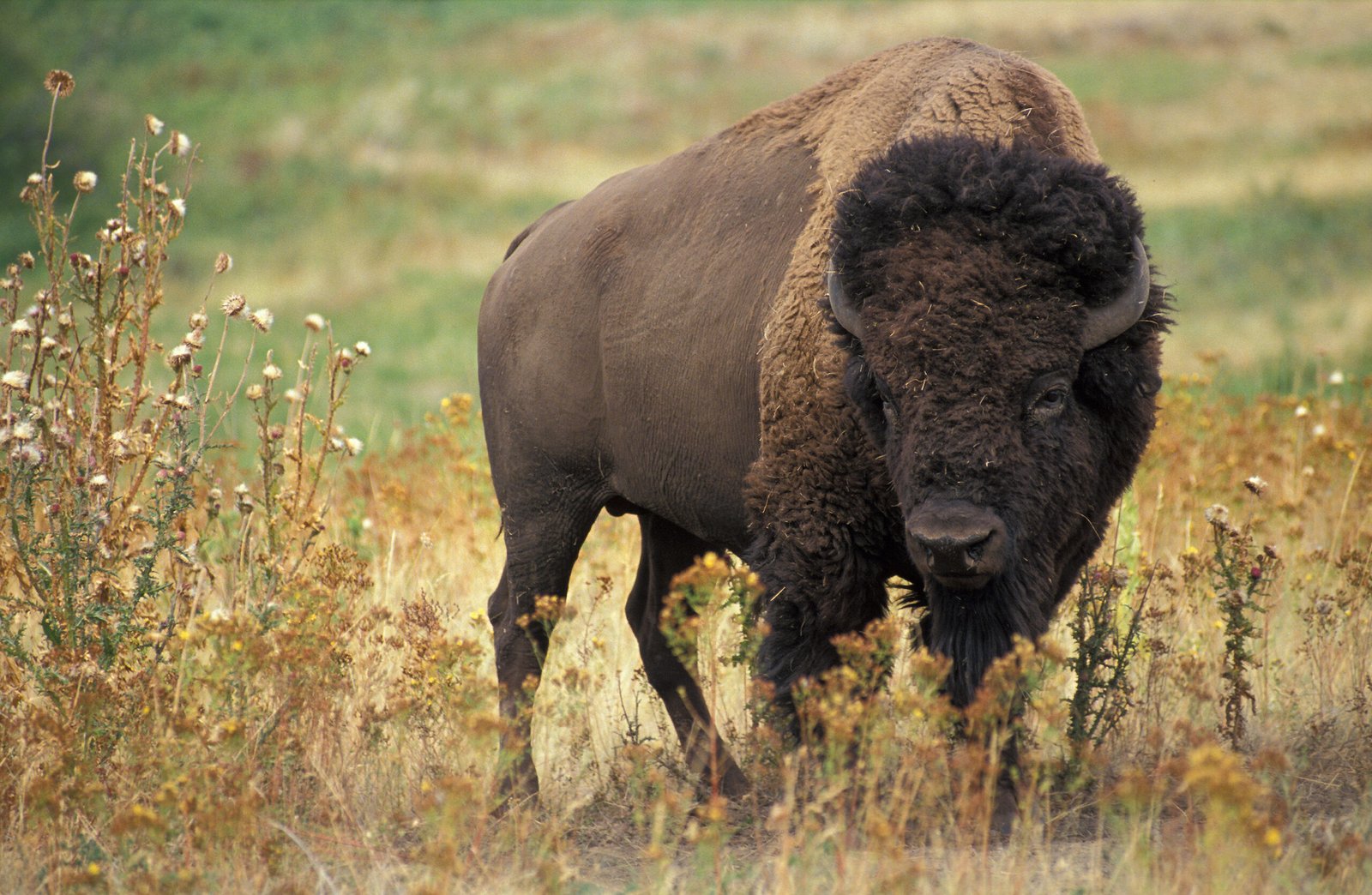
Bison are the largest land mammals in North America, and their sheer size is enough to deter most predators, including wolves. Weighing as much as 2,000 pounds, these majestic creatures roam the plains with an air of authority. Their massive heads and muscular bodies are not just for show; they can charge at incredible speeds if threatened. A wolf pack might succeed against a lone, weak bison, but taking on a healthy adult is a different story. The risk of injury from a bison’s powerful horns or crushing hooves is too great for wolves to consider lightly.
Moose: The Towering Titans
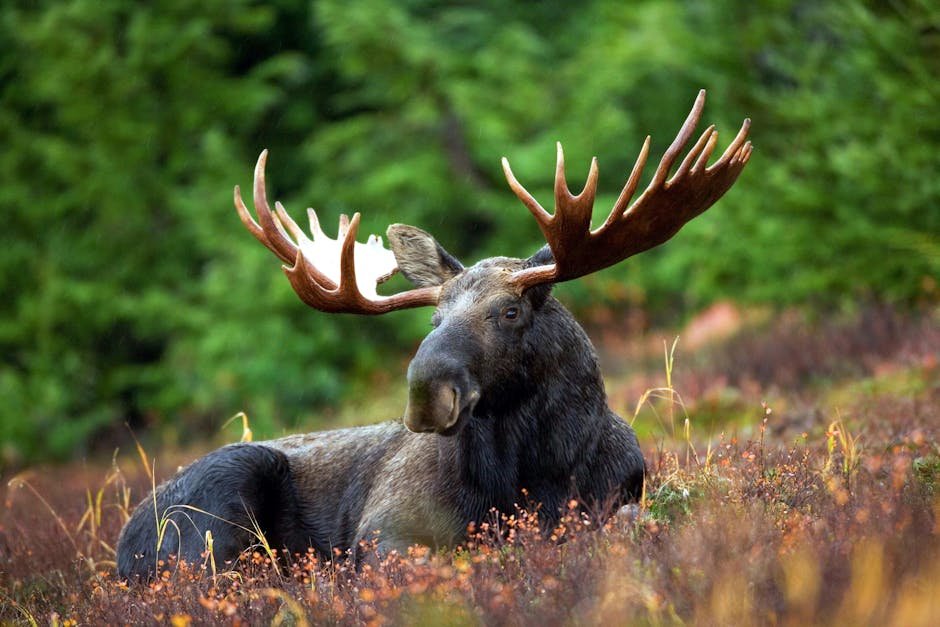
Moose are another animal that commands respect in the animal kingdom. Standing over six feet tall at the shoulder, with antlers spreading up to six feet across, moose are formidable adversaries. Their long legs allow them to move swiftly through deep snow, an environment where wolves also thrive. However, a direct confrontation with a moose can be perilous. Moose have been known to inflict serious injuries with their sharp hooves and antlers, making them a dangerous proposition for any wolf pack.
Grizzly Bears: The Fearsome Titans
Grizzly bears are solitary giants that dominate their habitats with sheer strength and ferocity. These bears are omnivores with an impressive ability to fend off threats with powerful swipes of their paws, equipped with long, sharp claws. Wolves typically avoid direct confrontations with grizzlies, as even a pack of wolves would struggle against the bear’s robust defense mechanisms. A grizzly’s size, strength, and aggressive nature make it a creature that even the most daring wolves would think twice about challenging.
American Alligator: The Stealthy Predators
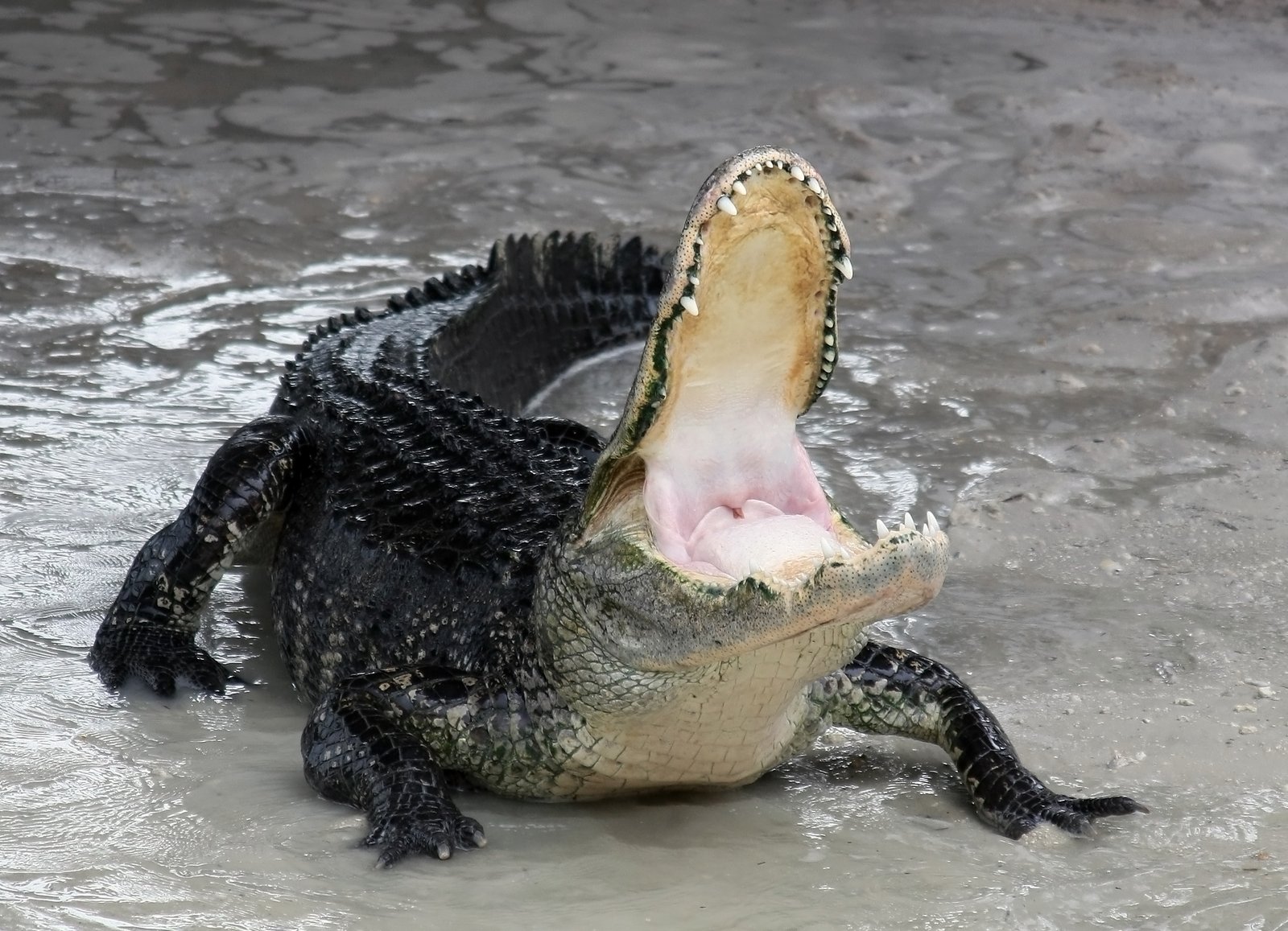
American alligators may not be the first animal that comes to mind when thinking of wolf adversaries, but in areas where their habitats overlap, wolves steer clear. Alligators are masters of their watery realms, with powerful jaws capable of exerting a force that can crush bones. Their stealthy approach and sudden, ferocious attacks make them dangerous opponents. Wolves are smart enough to avoid these reptilian predators, knowing that a misstep near water could lead to a deadly encounter.
Elk: The Agile Defenders
Elk, much like moose, are substantial creatures that can pose a significant challenge to wolves. With their large antlers and muscular build, elk can defend themselves effectively when cornered. Wolves prefer easier prey, as the risk of injury from an elk’s antlers or powerful kicks is considerable. Elk are also highly alert animals, using their keen senses to detect predators from a distance, making surprise attacks difficult for wolves.
Porcupines: The Spiky Defenders
Porcupines might not be large, but they are certainly well-defended. Covered in sharp quills, these small creatures pose a unique challenge to any predator. Wolves understand that a careless attempt to attack a porcupine can result in painful quills lodged in their snouts and paws. This painful experience is enough to teach wolves to steer clear of these spiky defenders, opting instead for prey that doesn’t come with a painful price tag.
Mountain Lions: The Elusive Predators
Mountain lions, also known as cougars or pumas, are stealthy carnivores that overlap with wolf territories in certain regions. These big cats are solitary hunters with incredible agility and strength. Wolves typically avoid direct confrontations with mountain lions, as these agile predators can inflict severe damage with their sharp claws and teeth. The mutual respect between these predators often leads to a cautious avoidance, as neither wants to risk injury in a dangerous encounter.
Musk Oxen: The Arctic Warriors
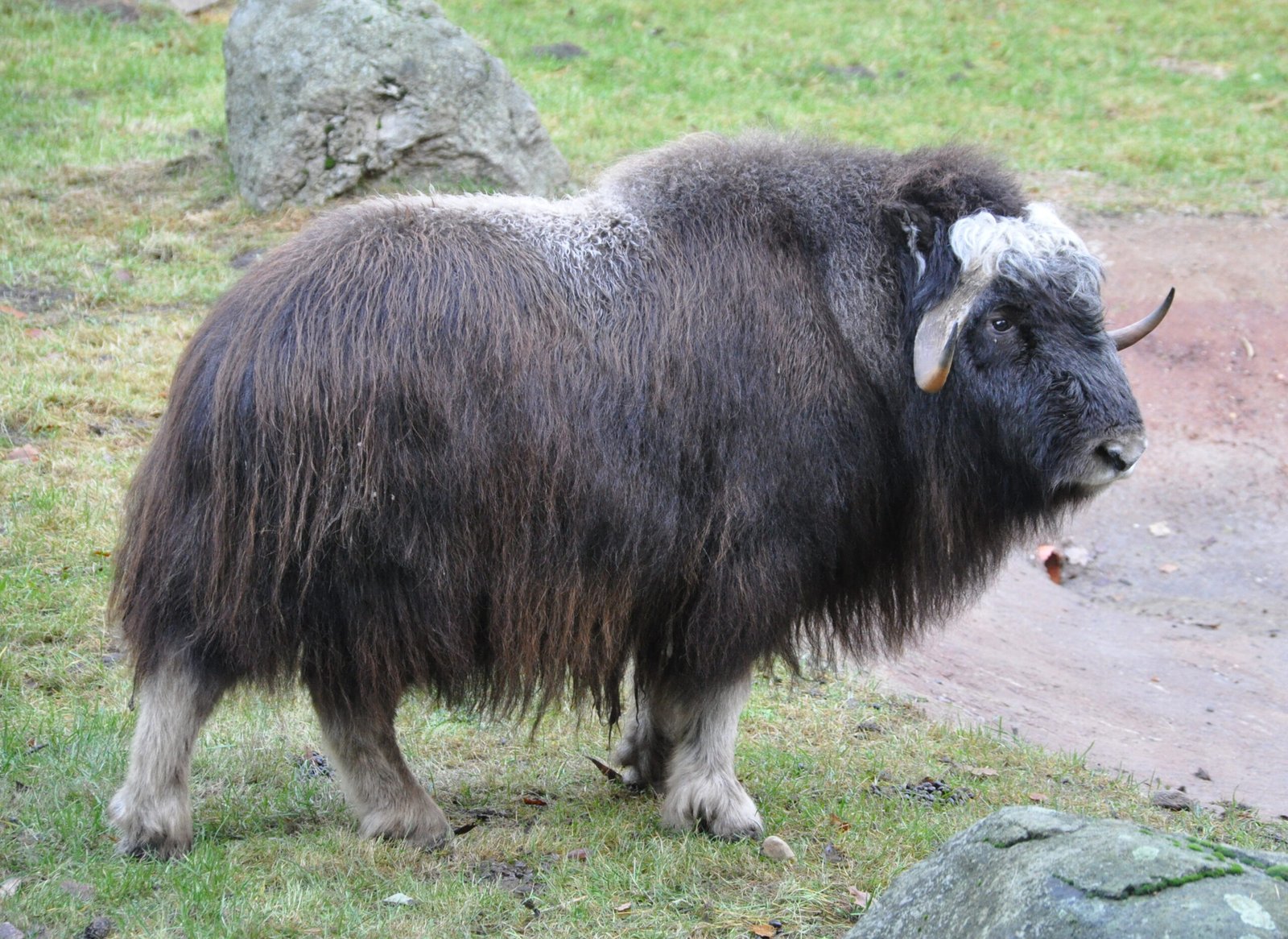
Musk oxen are native to the Arctic and subarctic regions, where they are well-adapted to the harsh conditions. These animals travel in herds and possess thick, shaggy coats and curved horns. When threatened, musk oxen form a defensive circle with their young in the middle, presenting a wall of horns to any would-be attackers. Wolves recognize the formidable defense strategy of musk oxen and typically avoid engaging with them, knowing that such an encounter could result in serious injury.
Wolverines: The Fierce Fighters
Despite their small size, wolverines are renowned for their ferocity and tenacity. These solitary animals have a reputation for taking on animals much larger than themselves. Wolverines possess strong jaws, sharp claws, and an aggressive nature that makes them formidable opponents. Wolves are aware of the wolverine’s fierce reputation and tend to avoid direct confrontations, as even a pack might struggle against the sheer determination and ferocity of a wolverine.
American Badgers: The Stubborn Survivors
American badgers are small but tenacious creatures known for their feisty nature. With powerful claws and a stocky build, they are capable of defending themselves effectively. Wolves understand that badgers can be difficult to handle, as their aggressive behavior and ability to dig quickly make them elusive and challenging prey. The risk of injury in a confrontation with a badger often outweighs the potential reward, leading wolves to seek easier targets.
Beavers: The Ingenious Builders
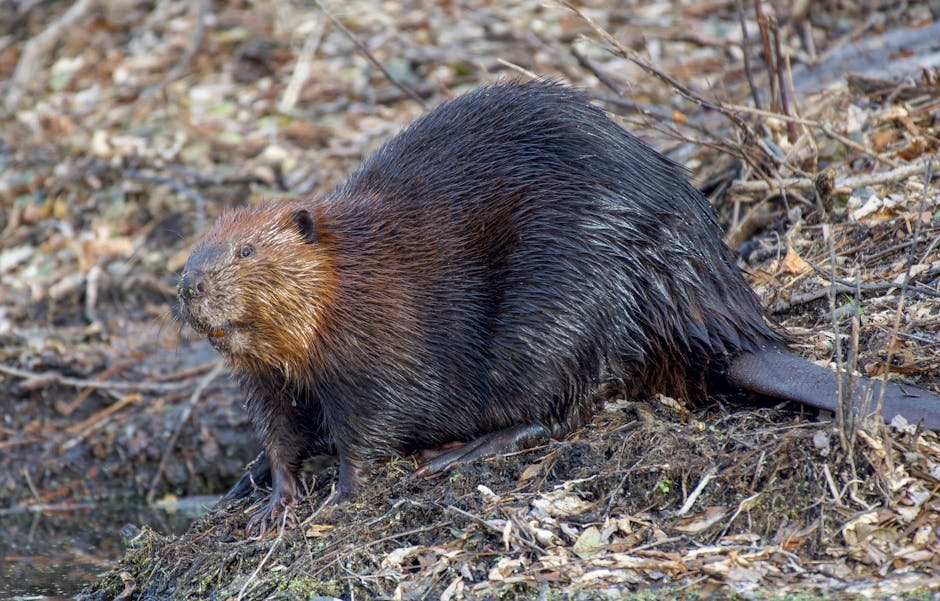
Beavers may not seem like formidable opponents, but their ingenuity in building complex lodges and dams offers them a unique line of defense. Wolves find it challenging to penetrate the well-constructed homes of beavers, and the risk of injury while trying to capture one is high. Additionally, beavers are adept swimmers, making them difficult to catch in water. Wolves often find it more fruitful to target other prey rather than risk injury or frustration while attempting to capture these industrious rodents.
Rattlesnakes: The Venomous Threats
Rattlesnakes are not large, but their venomous bite makes them a dangerous adversary. Wolves are cautious around these reptiles, as a bite from a rattlesnake can be debilitating. The distinctive rattle serves as a warning, and wolves heed this signal, avoiding potential danger. The risk of a venomous bite is a significant deterrent, ensuring that wolves maintain a respectful distance from these slithering predators.
In conclusion, while wolves are known for their prowess as hunters, they also possess the wisdom to recognize when a potential prey is not worth the risk. These 12 animals, with their unique defenses and formidable traits, serve as a testament to the complexity and balance of nature’s ecosystems.

Andrew Alpin from India is the Brand Manager of Doggo digest. Andrew is an experienced content specialist and social media manager with a passion for writing. His forte includes health and wellness, Travel, Animals, and Nature. A nature nomad, Andrew is obsessed with mountains and loves high-altitude trekking. He has been on several Himalayan treks in India including the Everest Base Camp in Nepal.





